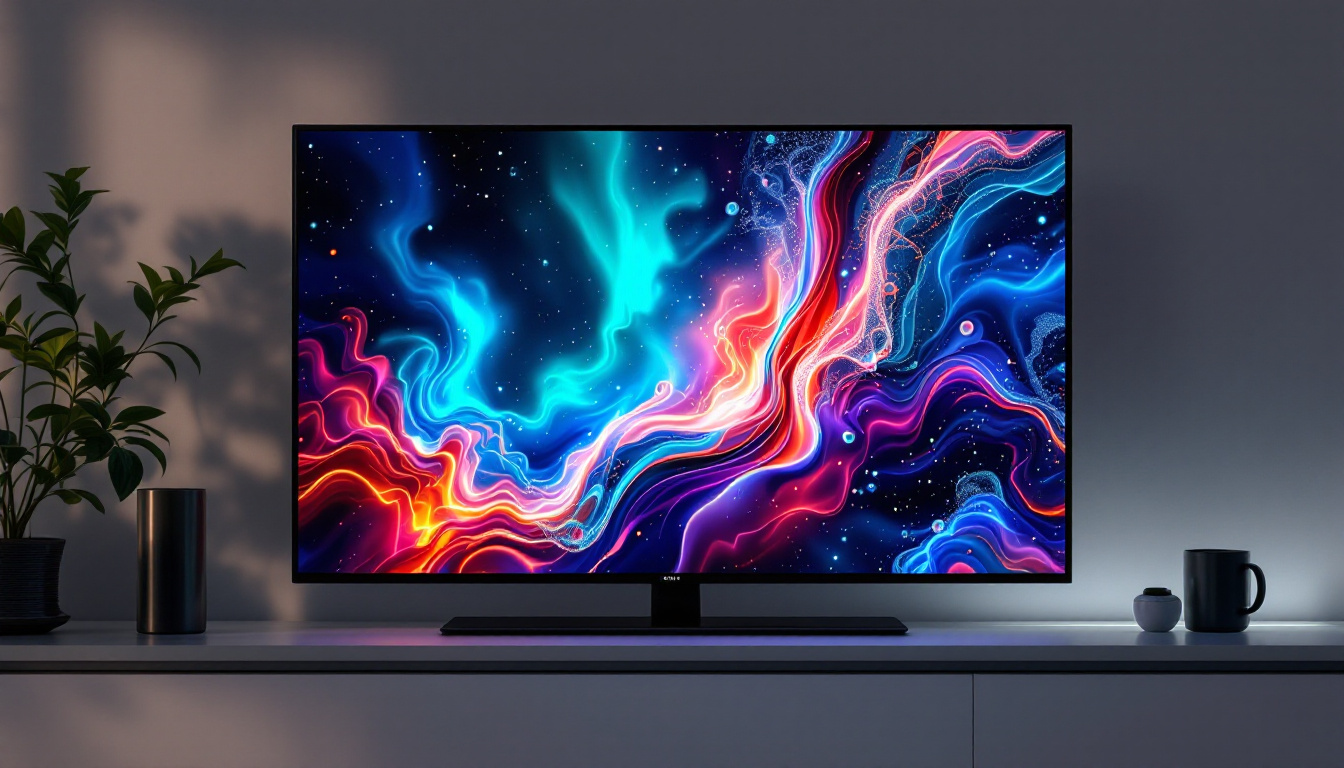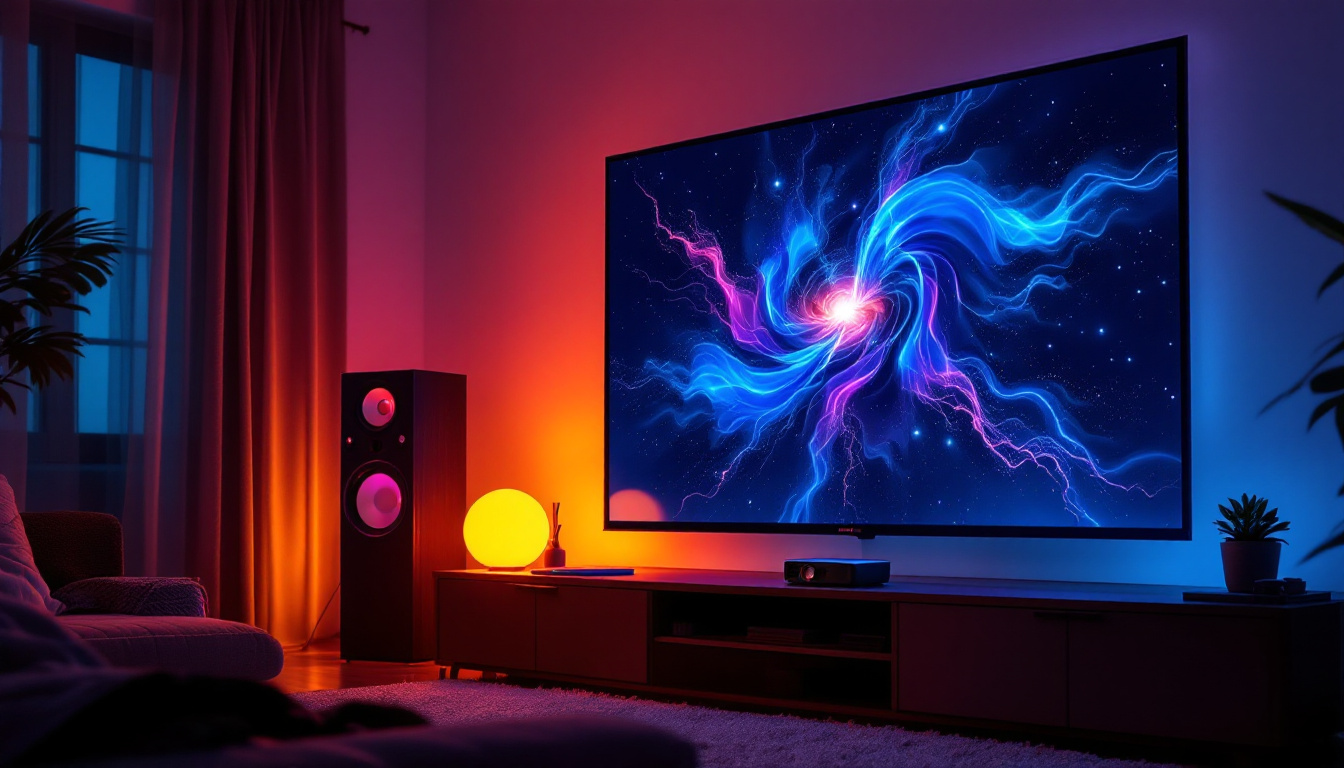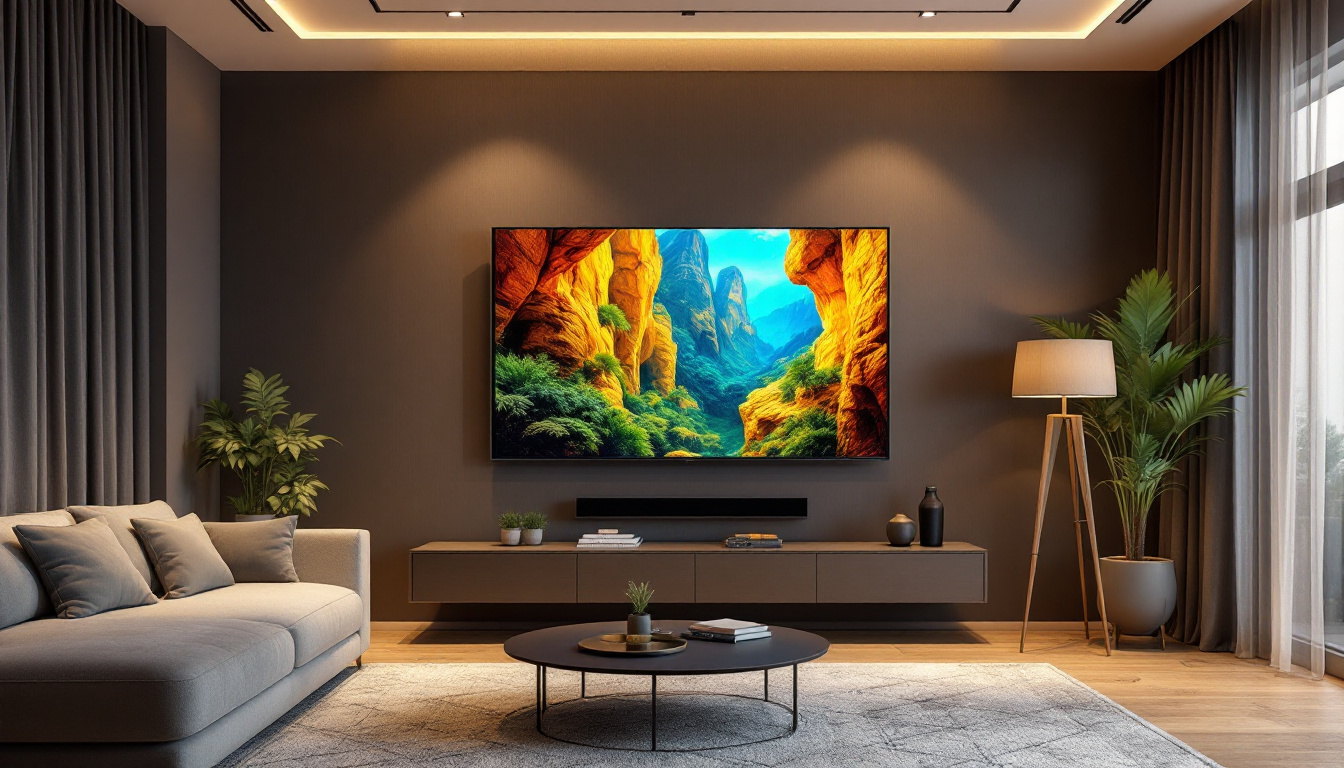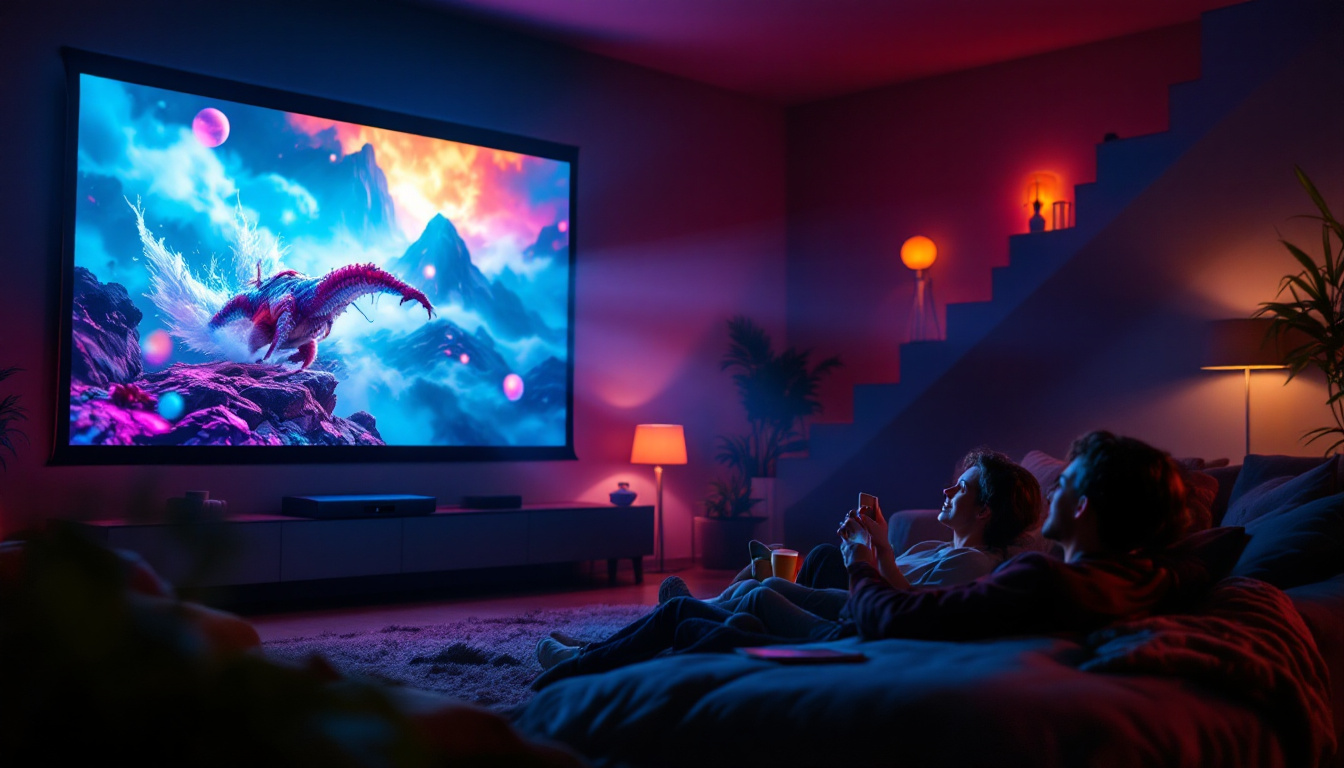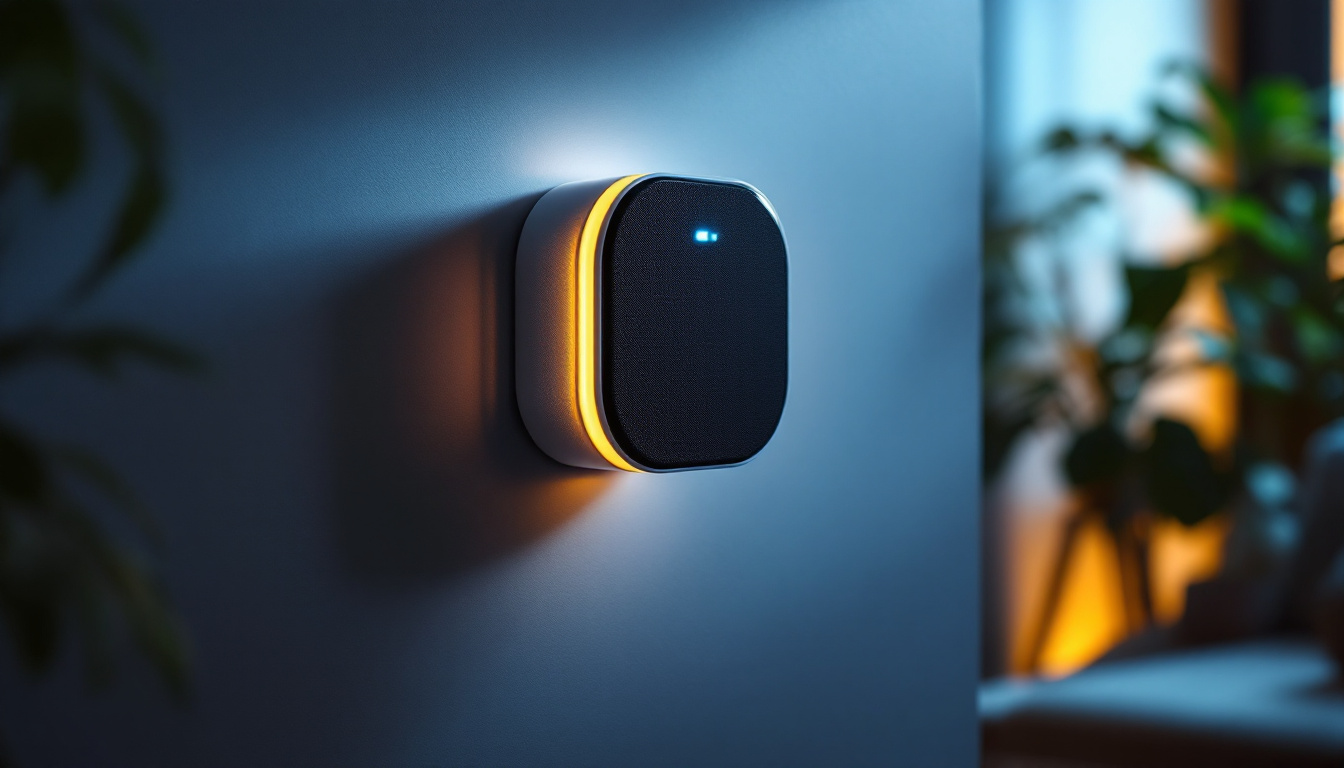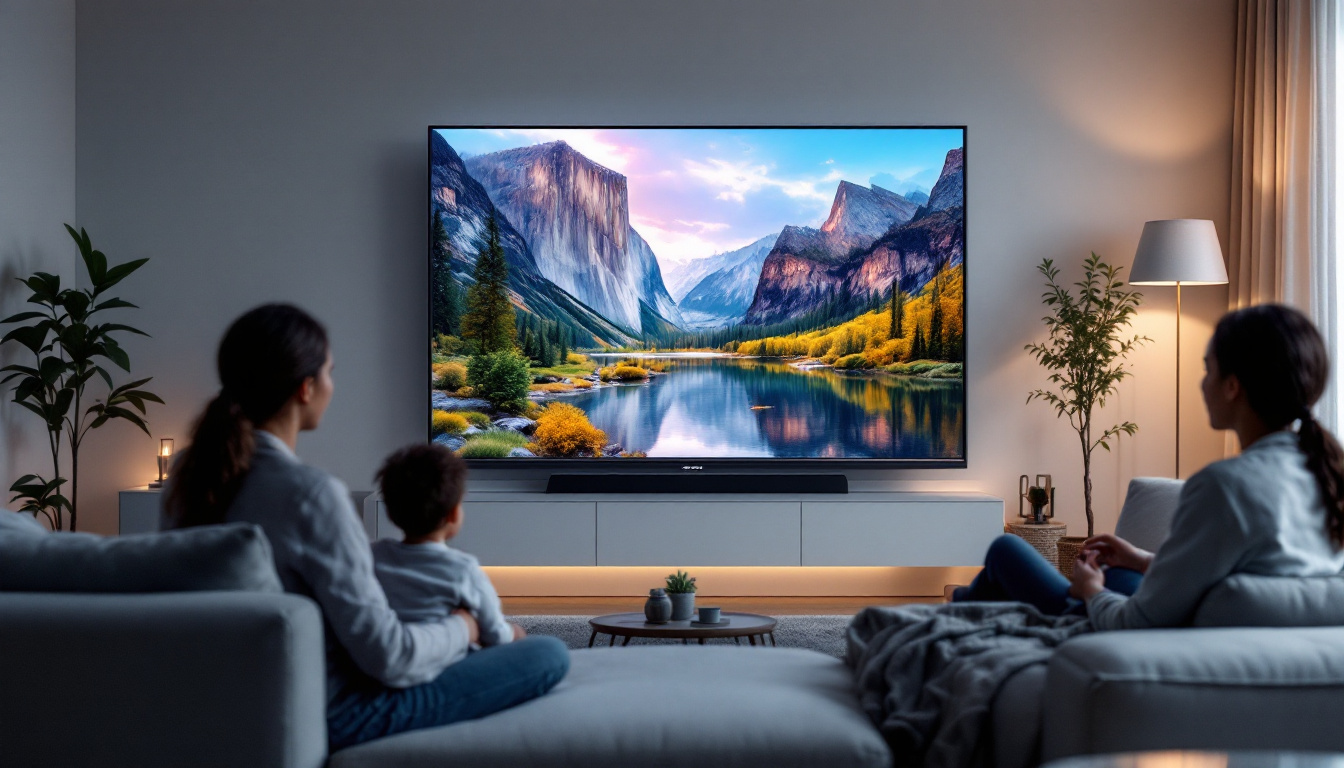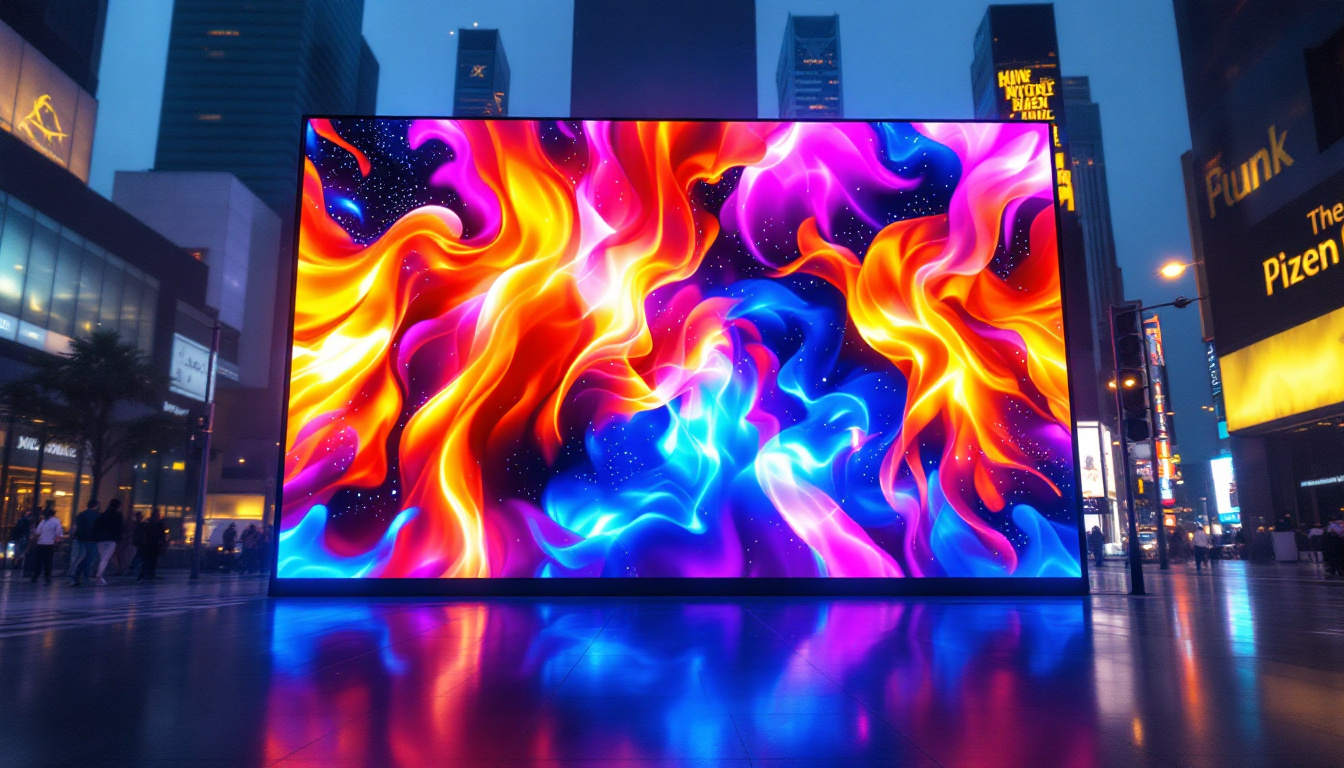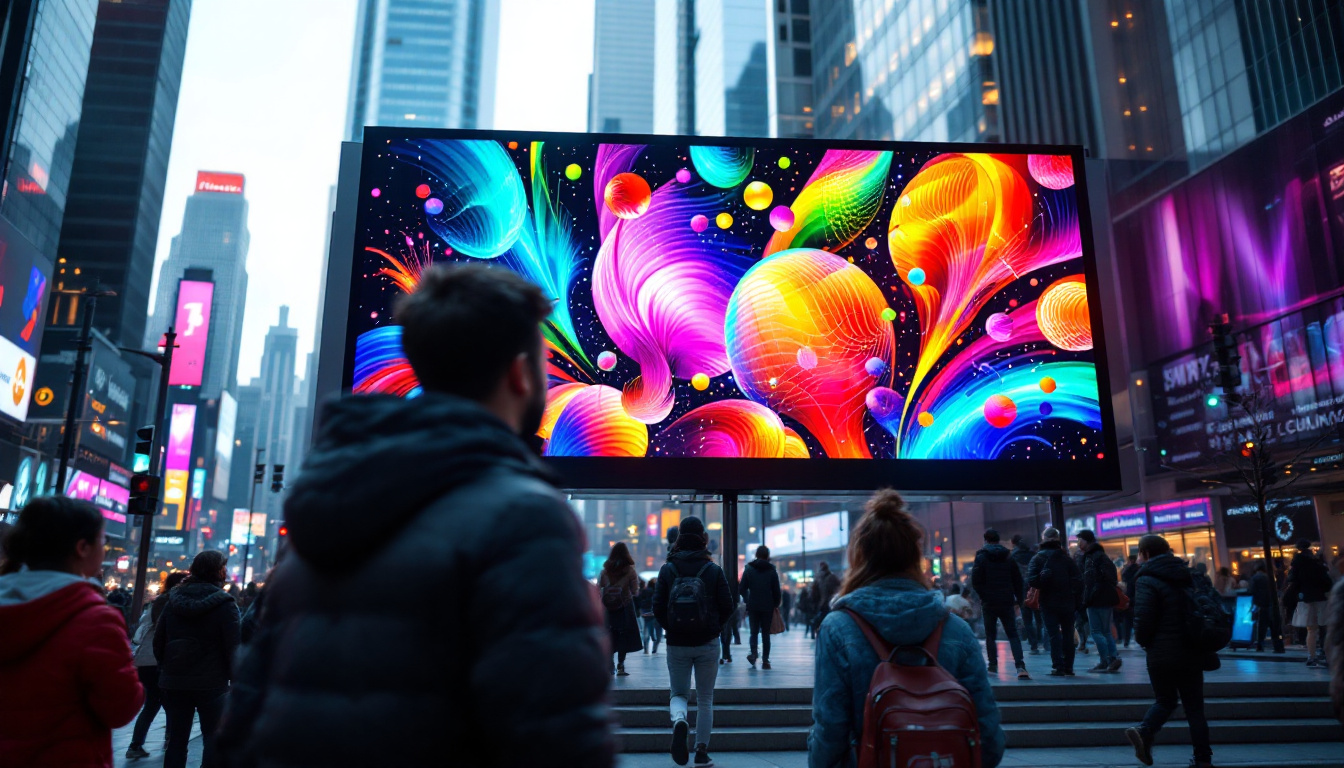In the realm of display technology, the contrast ratio is a critical specification that can significantly influence the viewing experience. Among various types of displays, OLED (Organic Light Emitting Diode) technology stands out for its exceptional contrast capabilities. This article delves into the intricacies of OLED contrast ratios, comparing them with traditional LED displays, and exploring their implications for consumers and professionals alike.
Understanding Contrast Ratio
The contrast ratio of a display is defined as the difference in light intensity between the brightest white and the darkest black it can produce. This measurement is crucial because it affects how well details can be discerned in various lighting conditions. A higher contrast ratio typically indicates a more vibrant and dynamic image, enhancing the overall viewing experience. For instance, in a movie scene with both bright highlights and deep shadows, a display with a superior contrast ratio will allow viewers to appreciate the nuances of the cinematography, making the visual storytelling more impactful.
How Contrast Ratio is Measured
Contrast ratio is often expressed as a ratio, such as 1000:1. This means that the brightest white is 1000 times brighter than the darkest black. However, measuring this ratio can be complex, as it depends on the display’s settings, ambient lighting, and the content being displayed. Manufacturers may use different methods to calculate contrast ratios, leading to discrepancies in reported values. For example, some manufacturers might measure contrast in a controlled environment with specific settings that enhance performance, while others might use standard conditions that reflect typical usage.
In practical terms, the perceived contrast ratio can vary based on the viewer’s distance from the screen and the viewing angle. Thus, while manufacturers provide specifications, real-world performance may differ, making it essential for consumers to consider how they will use the display. Furthermore, the type of content being viewed can also influence the perceived contrast; for instance, high-definition video games or visually rich films may showcase the strengths of a display’s contrast ratio far better than static images or less dynamic content.
Types of Contrast Ratios
There are two primary types of contrast ratios: static and dynamic. Static contrast ratio refers to the constant difference between the brightest and darkest points on the screen, while dynamic contrast ratio measures the variation in contrast during different scenes, often resulting in higher numerical values. Static contrast is particularly important for applications that require consistent color accuracy, such as graphic design or photo editing, where the fidelity of colors and shades is paramount.
Dynamic contrast ratios can be misleading, as they may not accurately reflect the display’s performance in real-world scenarios. Static contrast ratios, on the other hand, provide a more reliable indication of a display’s capability to render deep blacks and bright whites consistently. Additionally, the technology behind the display, such as OLED versus LCD, can significantly impact both types of contrast ratios. OLED displays, for instance, can achieve true blacks by turning off individual pixels, resulting in an infinite static contrast ratio, while traditional LCDs may struggle to reach similar depths due to backlighting limitations. This fundamental difference highlights the importance of understanding the underlying technology when evaluating contrast ratios across different display types.
OLED Technology: A Brief Overview
OLED technology represents a significant advancement in display technology. Unlike traditional LED displays, which use a backlight to illuminate pixels, OLED panels consist of individual organic compounds that emit light when an electric current passes through them. This fundamental difference allows OLED displays to achieve true blacks and an impressive contrast ratio.
How OLED Achieves Superior Contrast
One of the key advantages of OLED technology is its ability to turn off individual pixels completely. When a pixel is turned off, it emits no light, resulting in a perfect black. This capability contrasts sharply with LED displays, where backlighting can cause light bleed, making it difficult to achieve true black levels.
The result is that OLED displays can produce a contrast ratio that is often thousands of times greater than that of traditional LED displays. This capability enhances the depth and richness of colors, making images appear more lifelike and immersive.
Color Accuracy and Viewing Angles
In addition to superior contrast ratios, OLED displays also excel in color accuracy and wide viewing angles. The organic materials used in OLED technology allow for a broader color spectrum, resulting in more vibrant and true-to-life colors. Furthermore, OLED screens maintain their color integrity even when viewed from extreme angles, a common limitation in many LED displays.
This combination of high contrast, color accuracy, and wide viewing angles makes OLED technology particularly appealing for applications such as professional photography, graphic design, and home theater setups, where image quality is paramount.
Comparing OLED and LED Displays
When evaluating display technologies, it is essential to understand the differences between OLED and LED displays. While both have their advantages and limitations, the choice often depends on the intended use and viewing environment.
Brightness Levels
LED displays typically excel in brightness levels, making them suitable for well-lit environments. They can produce higher peak brightness than OLED displays, which can be beneficial for viewing in bright rooms. However, this advantage comes at the cost of contrast, as the backlighting can lead to washed-out blacks.
In contrast, while OLED displays may not reach the same peak brightness levels, their ability to produce true blacks allows for a more dynamic range of colors and details in darker scenes. This makes OLED displays particularly effective for watching movies or playing video games in dimly lit environments.
Longevity and Burn-In Issues
Another critical consideration when comparing OLED and LED displays is longevity. OLED technology has been known to suffer from burn-in, a phenomenon where static images can leave a permanent mark on the screen if displayed for extended periods. This issue arises due to uneven wear on the organic compounds used in OLED panels.
LED displays, on the other hand, do not suffer from burn-in and generally have a longer lifespan. This makes them a more practical choice for environments where static images are frequently displayed, such as digital signage or gaming consoles.
The Impact of Contrast Ratio on Viewing Experience
The contrast ratio of a display has a profound impact on the overall viewing experience. A higher contrast ratio not only enhances the visual appeal of images but also contributes to the viewer’s emotional engagement with the content.
Enhanced Detail in Shadows and Highlights
With a superior contrast ratio, OLED displays excel in rendering details in both shadows and highlights. This capability is particularly important in cinematic content, where subtle nuances can significantly affect storytelling. Viewers can appreciate the depth of a scene, with shadows appearing richer and highlights more pronounced.
In contrast, lower contrast ratios can result in a flat image, where details are lost in both dark and bright areas. This can detract from the overall immersion and enjoyment of visual content, making it essential for consumers to consider contrast ratios when selecting a display.
Real-World Applications of High Contrast Ratios
High contrast ratios are not just a matter of aesthetics; they have practical applications in various fields. For instance, in medical imaging, where precise detail is crucial, displays with high contrast ratios can help healthcare professionals make accurate diagnoses.
Similarly, in the world of gaming, high contrast ratios can enhance the gaming experience by providing clearer visuals and a more immersive environment. Gamers can spot enemies hiding in shadows or appreciate the vibrant colors of their surroundings, giving them a competitive edge.
Choosing the Right Display for Your Needs
When selecting a display, it is vital to consider how contrast ratio fits into the overall picture. While OLED technology offers remarkable contrast capabilities, it may not be the best choice for every situation. Understanding individual needs and preferences is key to making an informed decision.
Consider Your Viewing Environment
The environment in which the display will be used plays a significant role in determining the best technology. For bright rooms with ample natural light, LED displays may be preferable due to their higher brightness levels. Conversely, for home theaters or gaming setups in darker environments, OLED displays can provide an unparalleled viewing experience.
Additionally, consider the types of content that will be viewed. For users who primarily watch movies or play video games, the advantages of OLED technology, such as superior contrast and color accuracy, may outweigh potential concerns about burn-in. However, for those who use their displays for static content, LED displays may be the safer choice.
Budget Considerations
Budget is another critical factor when choosing between OLED and LED displays. OLED technology tends to be more expensive due to its advanced manufacturing processes and superior performance. While prices have decreased over the years, OLED displays may still represent a significant investment.
On the other hand, LED displays are generally more affordable and offer a wide range of options to suit various budgets. Consumers should weigh the benefits of higher contrast ratios against their financial constraints to find the best fit for their needs.
Conclusion
In conclusion, the contrast ratio is a fundamental aspect of display technology that significantly influences the viewing experience. OLED displays, with their ability to achieve true blacks and vibrant colors, offer a remarkable contrast ratio that enhances the depth and richness of images. While LED displays provide advantages in brightness and longevity, they often fall short in contrast performance.
Ultimately, the choice between OLED and LED displays should be guided by individual preferences, viewing environments, and budget considerations. By understanding the nuances of contrast ratios and how they impact visual quality, consumers can make informed decisions that enhance their viewing experiences, whether for entertainment, professional work, or gaming.
Discover LumenMatrix’s Advanced LED Display Solutions
As you consider the importance of contrast ratios for your viewing needs, remember that LumenMatrix is at the forefront of LED display technology, offering a wide array of solutions to meet any demand. From captivating Indoor and Outdoor LED Wall Displays to innovative options like Vehicle LED Displays and LED Transparent Displays, LumenMatrix is committed to enhancing your visual experiences. Whether for advertising, entertainment, or dynamic visual storytelling, our LED displays are designed to deliver unparalleled clarity and impact. Check out LumenMatrix LED Display Solutions today and see how our cutting-edge technology can transform your visual communication.

